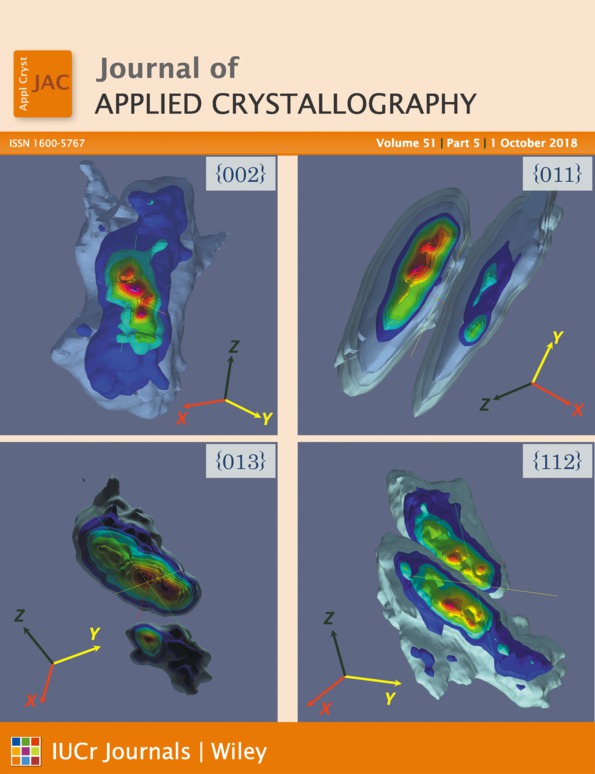Real-time study of transients during high-temperature creep of an Ni-base superalloy by far-field high-energy synchrotron X-ray diffraction
Abstract
The high-temperature mechanical behavior of single-crystal Ni-base superalloys has been formerly studied by in situ triple-crystal synchrotron X-ray diffractometry (TCD). However, the 1/300 s recording frequency does not allow real-time tests. It is shown here that real-time monitoring is possible with far-field diffractometry in transmission. The use of a far-field camera enables one to follow a diffraction spot with high angular precision and high recording speed. This technique allows measurement of the mechanical response of an AM1 Ni-base single-crystal superalloy following steep load jumps and relaxations during high-temperature creep tests. Local crystal misorientation is revealed and rafting (oriented coalescence) is examined. This new technique is compared with TCD, in order to highlight its benefits and drawbacks.




